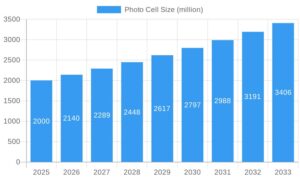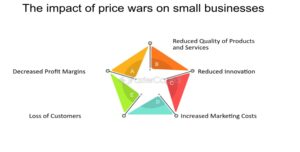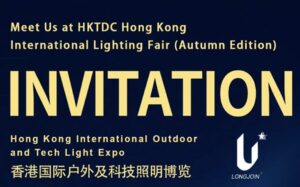El futuro de los controles de fotocélulas en la iluminación exterior: el crecimiento continúa, pero las reglas del juego están cambiando
Introducir
Long-Join Intelligent Technology Inc. is a UL & CE certified photocell manufacturer with over 20 years’ expertise in lighting control. While traditional fotocélulas de anochecer a amanecer remain essential, the real momentum is shifting toward intelligent, connected, and application-specific controls.
This article will explore the future trends of photocell controls and introduce how Long-Join is leading the intelligent transformation of outdoor lighting through innovative products and solutions.
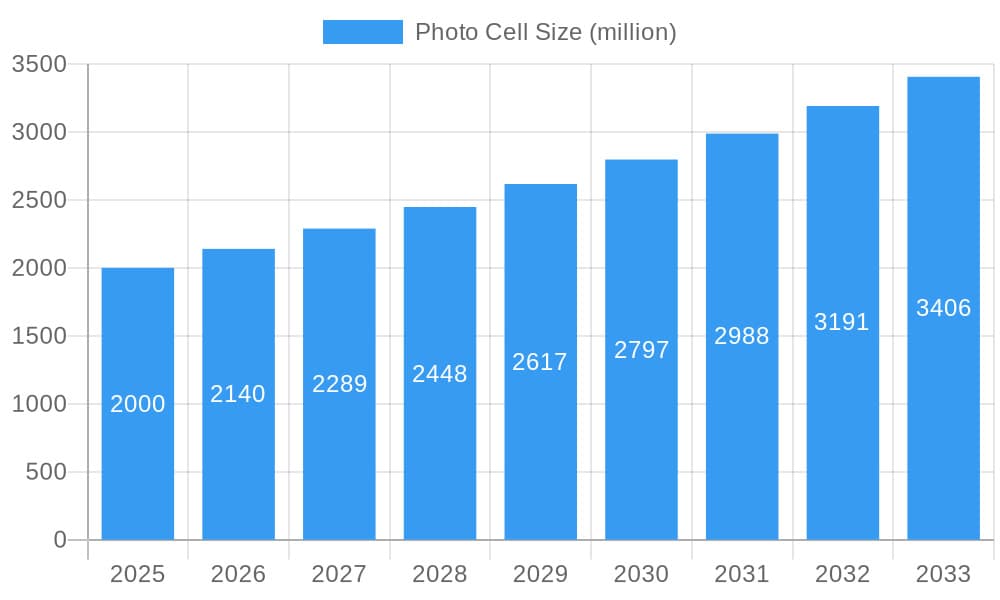
Is There Still Growth Potential For The Photocell?
Yes, but not in the same way as before. The global outdoor lighting market is changing fast. Smart city projects, LED upgrades, and growing solar use drive shift. Traditional dusk-to-dawn photocell sensors are still core. People call them a light sensor switch or photocell switch, but roles change.
In this “second growth cycle”, the growth isn’t purely about volume but about value — smart features, regional customisation, and system integration are driving the market forward. In short: the photocell control market is mature but morphing into something higher-tech.
What Are The Eight Key Trends Defining The Future Of Photocell Controls?
Here are the major trends shaping where the industry is heading:
1.1: Why Is Replacement Demand Here To Stay?
Even though LED street lights offer much longer lifespans, the device that senses ambient light — the photocell sensor or photocell for street light — still faces many stressors: lightning surges, UV ageing, humidity infiltration, salt-fog corrosion in coastal zones. That means municipalities and utilities will keep purchasing fail-on/fail-off plug-in photocells because they are simple, proven and maintainable.
Por ejemplo, Long-Join JL-202 / JL-205 / JL-207 series are designed for exactly these replacement markets: Certificación UL773, IP65/67 rated, and field-tested in over 50 countries.
In other words, while luminaire upgrades continue, the “little box” (the light-sensor photocell) still has decades of business in servicing, upgrade and retrofit cycles.
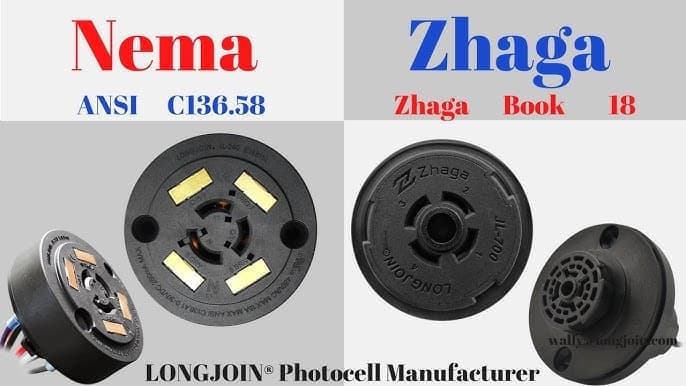
1.2: What Role Do the NEMA & Zhaga Ecosystems Play?
Modular socket standards like NEMA (ANSI C136.10/41) and Libro Zhaga 18 have become mainstream. Most new luminaires now include these sockets to allow upgrade paths: from a shorting cap to basic photocell to smart node. This gives manufacturers and EPCs flexibility in spec’ing lighting control modules.
1.3: How Is Switching Evolving Into Dimming & Strategy?
Cities and utilities no longer accept simple on/off behaviour. They ask for advanced functions: midnight dimming, astronomical timing, LED lumen-decay compensation, tunable output. The era of purely “light turns on at dusk, off at dawn” is giving way to “intelligent dimming based on time, fixture age and ambient conditions”.
1.4: Why Are Solar Street-Lights Creating New DC Opportunities?
As solar street-lighting systems accelerate, a new class of control requirement is emerging: low-voltage DC (12 V / 24 V / 48 V) photocontrols, ultra-low standby current (< 50 µA), wide-temperature range, tilt-compensation and anti-flicker delay logic. such as Long-Join’s JL-401 / JL-411 DC series.
1.5: When Does “Photocell + Communication = Smart Lighting Gateway”?
Many smart-lighting rollouts follow a staged approach. A city can start with basic photocells. Later, it can upgrade to smart nodes using Zigbee, LoRa, NB-IoT, or LTE. Essentially, the photocell becomes a gateway or node in a network.
Long-Join’s JL-235 / JL-236 smart photocells support remote control, data feedback and seamless migration to cloud-based systems. The “photocell street light” solution thus becomes part of a broader smart-city architecture.
1.6: How Do Global Standards Raise The Bar?
Today’s markets demand high surge protection (6–10 kV), FCC/EMC Class A/B compliance, UV-resistant materials and -40 °C to +70 °C performance. The simple “light sensor switch” must now prove it can survive harsh conditions, protect drivers, and report data.
Long-Join’s testing labs ensure each product meets UL, CE and ISO 9001 standards — giving customers confidence and certification-ready solutions.
1.7: Why Is Regional Customisation The New Competitive Edge?
Different regions pose different challenges:
- Russia & Northern Europe → extreme cold, anti-frost, de-icing covers
- Middle East & Africa → high-surge (20 kV), anti-yellowing materials
- Coastal regions → salt-spray corrosion, stainless-steel hardware
1.8: What About The Market Split: Low-End Volume Vs Smart Premium?
While low-cost mechanical photocells continue to generate volume, the mid-to-high-end “smart” segment brings higher value (typically 15–30 % premium) and better repeat orders. Over the next 3–5 years, the growth will shift toward intelligent dimming, high-surge, and solar-compatible photocells — not just more of the same cheap models.
In short: the future is about smarter, not simply cheaper.
How Is Long-Join’s Product Roadmap Mapping the Next Decade?
Here, we summarise Long-Join’s strategic roadmap for photocell product lines.
Modelo | Características principales | Solicitud |
Classic NEMA Photocell JL-202 / JL-205 / JL-207 | Thermal & electronic types, UL773, IP67 | Street & industrial lighting replacement |
Dimming Smart Photocell JL-241 / JL-242 / JL-243 | 0–10 V dimming, midnight dimming logic, LED compensation algorithm | Smart-city, energy-saving projects |
Smart Wireless Control JL-235 / JL-236 | Zigbee / LTE modules, remote management | IoT lighting systems, smart network nodes |
Solar DC Photocontrol JL-401 / JL-411 | 12/24/48 V DC, ultra-low standby µA current, anti-flicker delay | Solar street/garden lights, off-grid installations |
Socket & Accessory Set JL-210 / JL-208 / JL-209 | NEMA/Zhaga socket, shorting cap, open cap | OEM kits & EPC projects, modular upgrade paths |
This roadmap shows how Long-Join moves from “simple replacement” to “smart integration” — reflecting the eight trends described above.
What Are the Major Technical Challenges and How Are They Addressed?
Many outdoor lighting systems still struggle with old-school issues that the “smart era” photocell must overcome:
- Lightning surges & transients: A simple photocellcan be vulnerable to 10 kV + surges; Long-Join designs include MOV surge arrestors and high-surge rating housings.
- UV ageing & material degradation: Housings can yellow, lenses can fog; Long-Join uses UV-stable materials and enclosure coatings.
- Humidity, salt-fog, corrosion: Coastal zones and tropical regions challenge standard units; Long-Join’s IP65/IP67 rated versions and stainless-hardware models cope better.
- Low-voltage solar standby currents: Solar systems require ultra-low drain (µA level) to prevent battery discharge; Long-Join’s solar DC series tackle this directly.
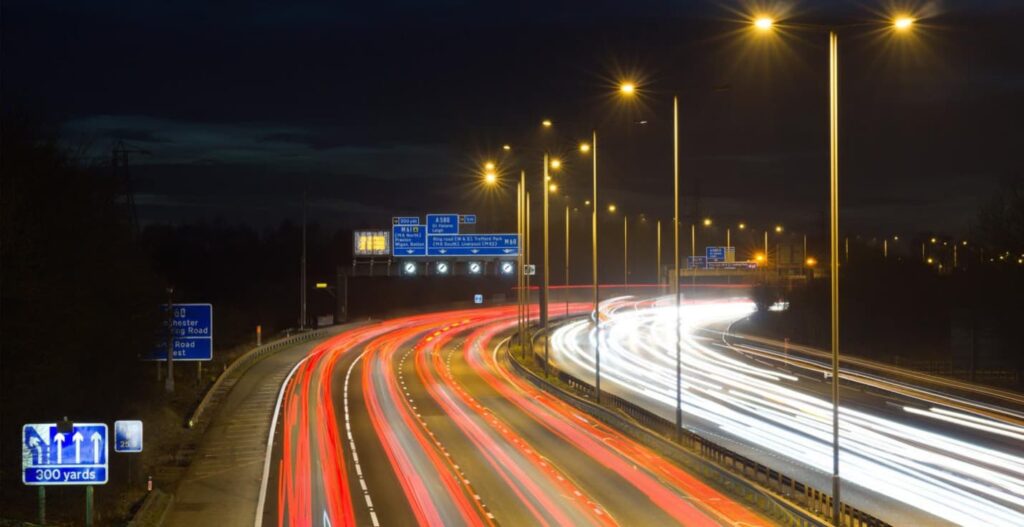
How Should Manufacturers, OEMs, and EPC Integrators Select the Right Photocell Today?
Choosing the correct photocell lighting sensor or outdoor light sensor switch involves multiple criteria:
- Socket compatibility— Is it a NEMA socket, Zhaga Book 18, or custom? If you plan a modular upgrade, check support. The shorting cap/photocell set must be supported.
- Functional features— Do you need basic on/off control, or dimming and advanced logic (midnight dimming, LED compensation)? Will remote control or data feedback be required?
- Regional customisation— Selecting a standard unit for a coastal, desert, or cold-zone environment may lead to early failure; choose a version tailored for the region.
- Upgrade path & scalability — If the lighting system is a step toward a smart city network, pick a sensor that can migrate to IoT connectivity rather than being replaced
What Will Outdoor Lighting Look Like Five Years From Now?
Over the next five years, the path is clear. Outdoor lighting will grow more networked, smart, and context-aware. The “photocell street light” will not simply be a switch but will collect data, communicate with drivers, adapt to ambient and fixture-age conditions, and integrate into smart-city platforms.
Long-Join’s roadmap anticipates this evolution by laying the groundwork now: modular socket systems (NEMA/Zhaga), dimming logic, DC solar compatibility, and wireless communication devices. The “light sensor photocell switch” expands into a “lighting-control gateway” — essentially embedding intelligence into the sensor layer of the network.
Conclusión
The age of simple on/off photocontrols is evolving into an era where the photocell is the first step toward smart lighting. Whether in city retrofit projects, solar lighting infrastructure, or full smart-city deployments, the humble photocell remains the key interface between natural light and digital infrastructure. At Long-Join, we’re not just manufacturing sensors — we’re powering the transition to a smarter, greener, and safer world of lighting.
Discover more about our product ranges and global solutions at Unión larga and explore our “Twist-Lock Photocontrollers” product category.
Enlaces externos:
*https://en.wikipedia.org/wiki/CE_marking
* https://pmc.ncbi.nlm.nih.gov/articles/PMC4344124/
* https://www.shopulstandards.com/ProductDetail.aspx?UniqueKey=30842
*https://www.polycase.com/techtalk/ip-rated-enclosures/ip65-vs-ip67.html
* https://compliancetesting.com/emc-class-a-vs-class-b/
* https://www.iso.org/standard/62085.html

